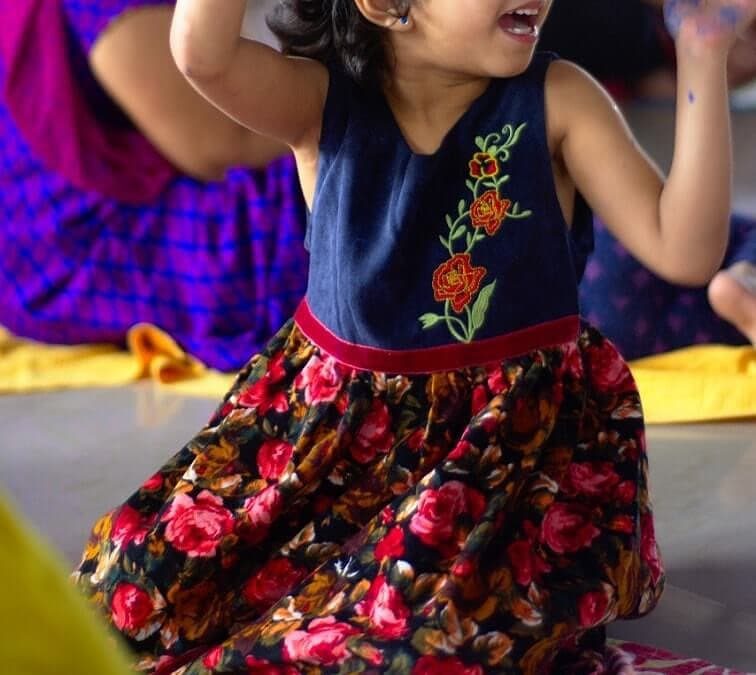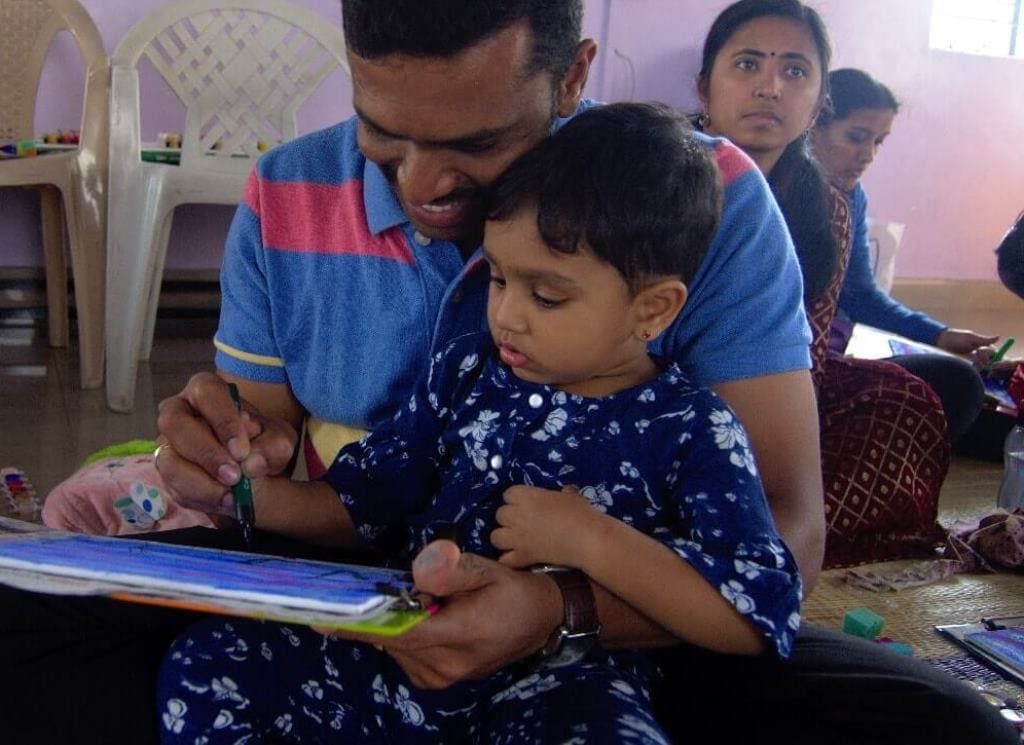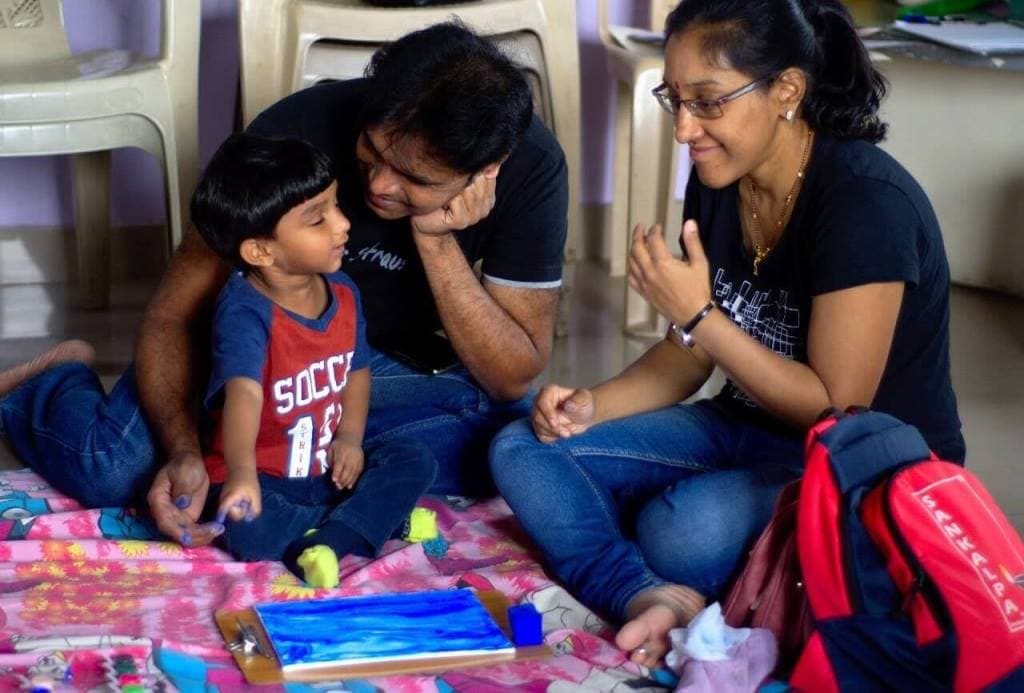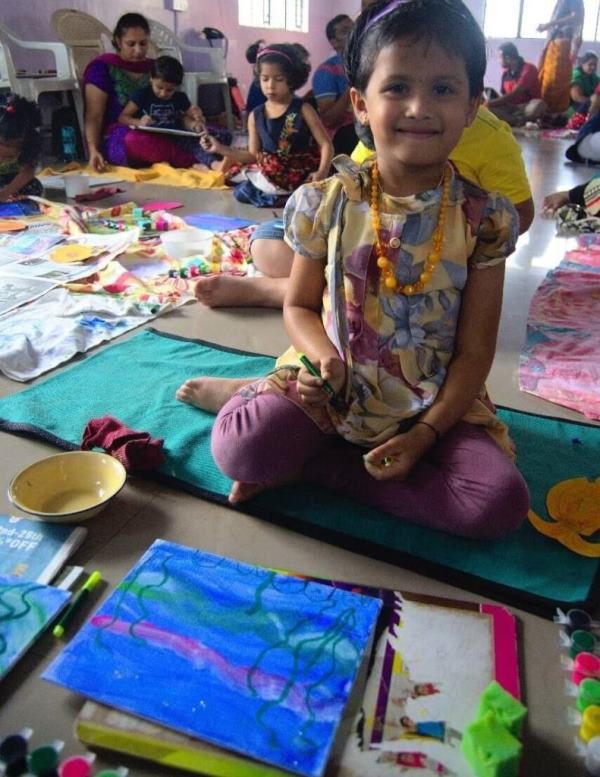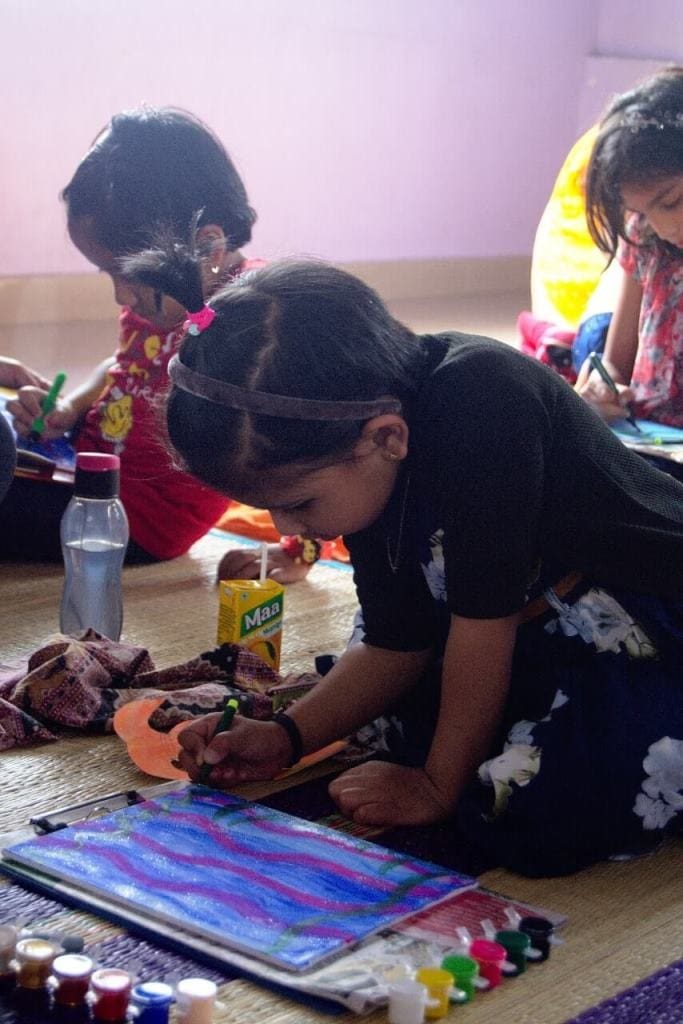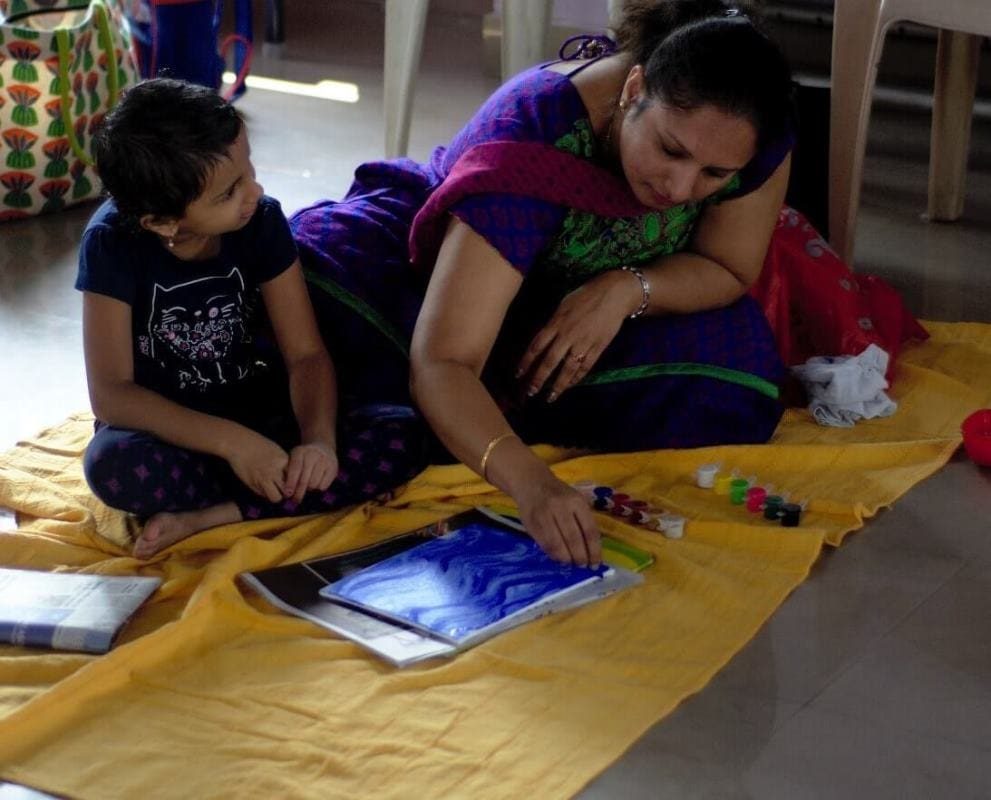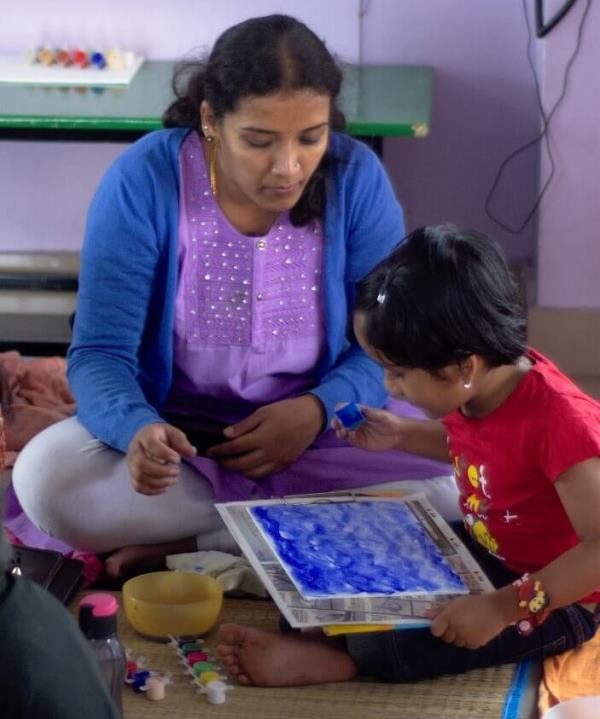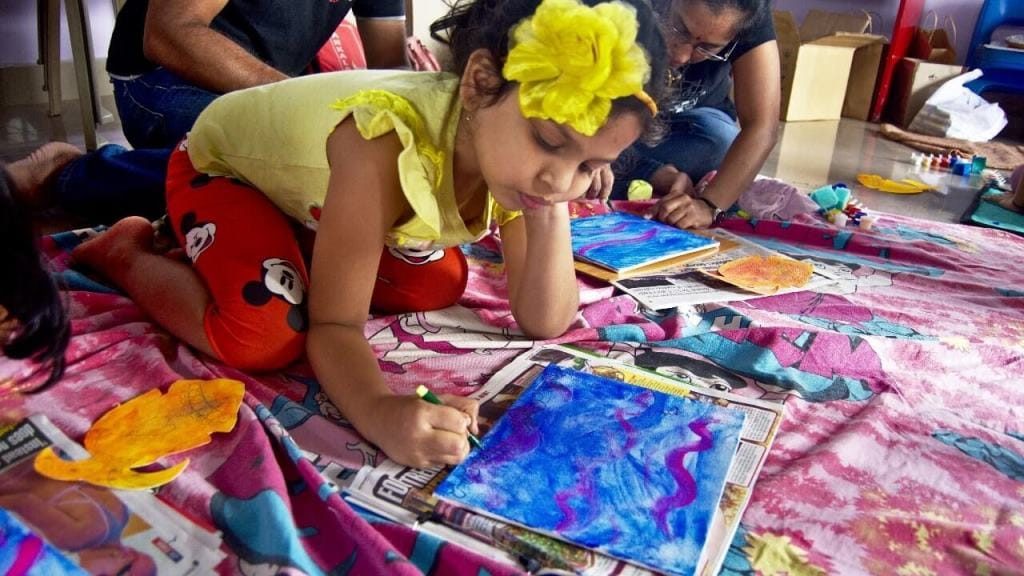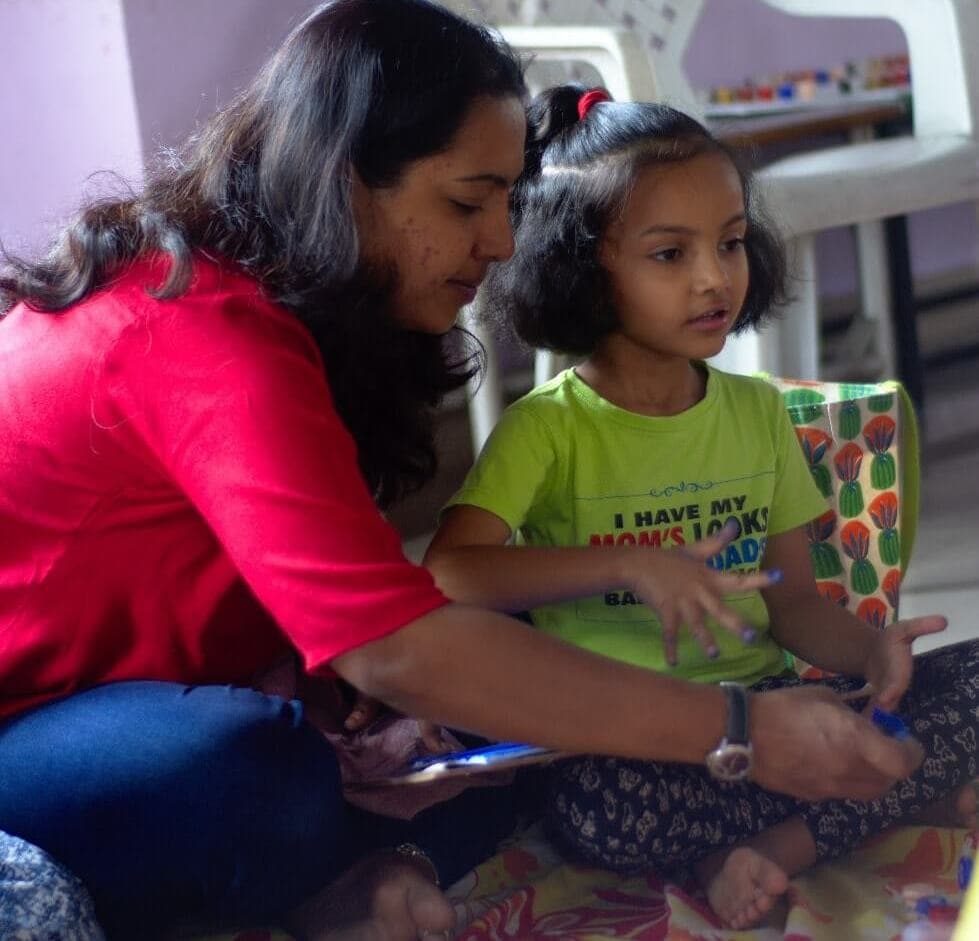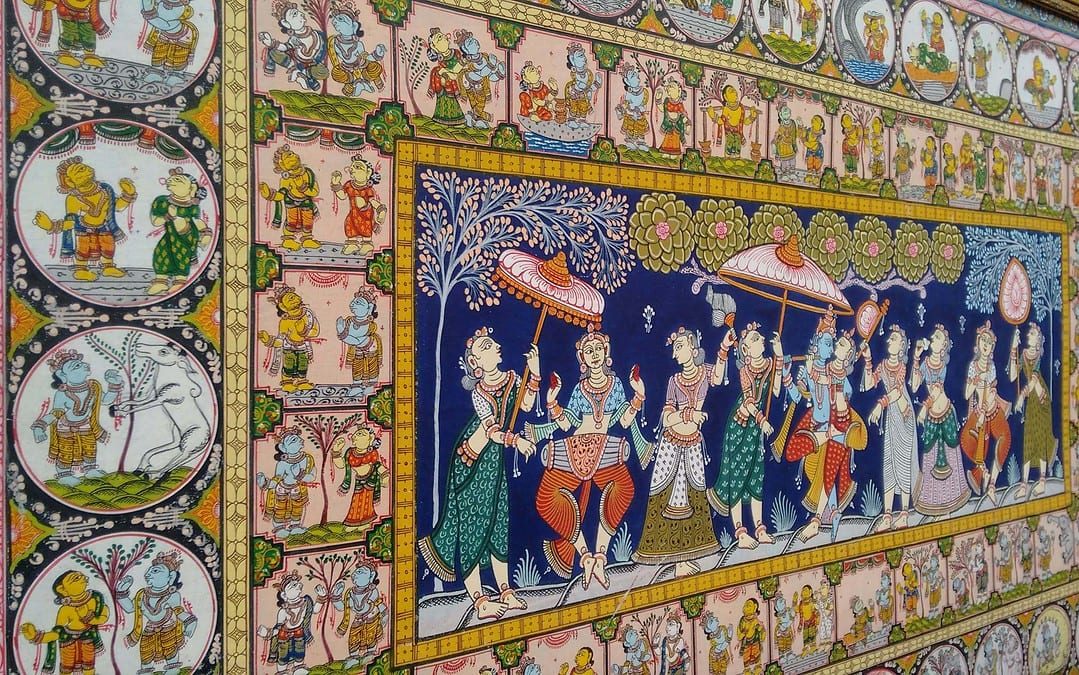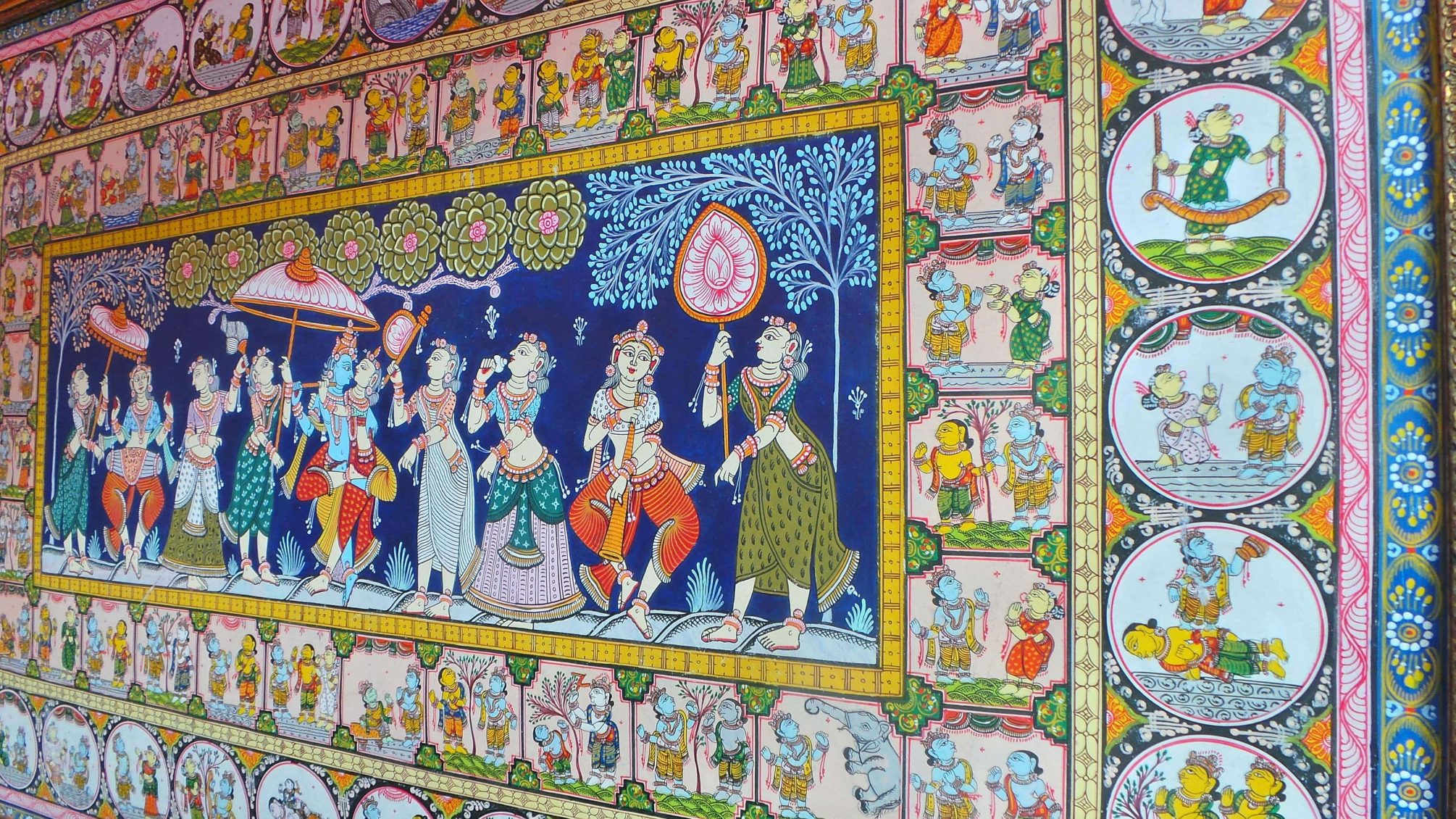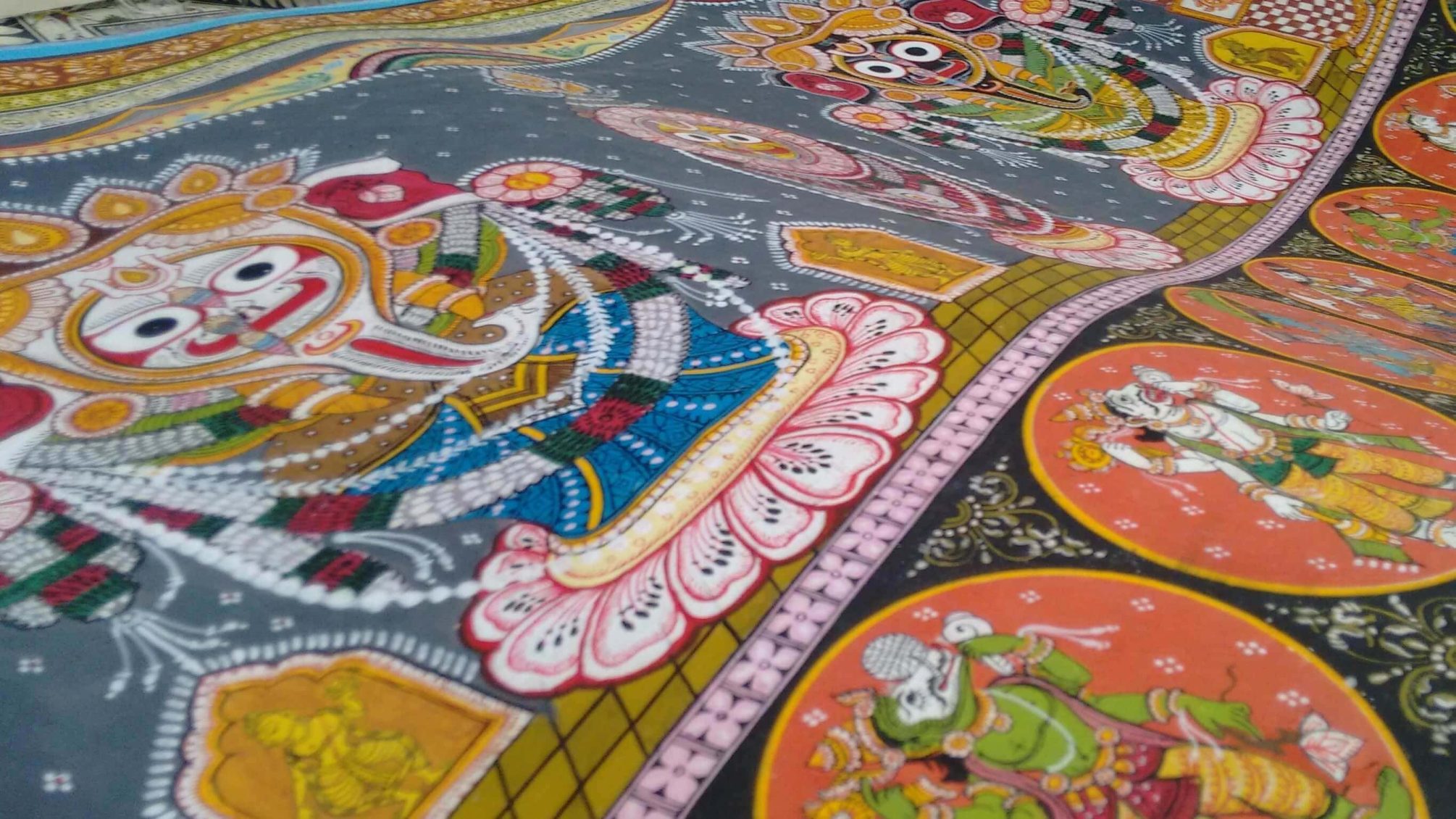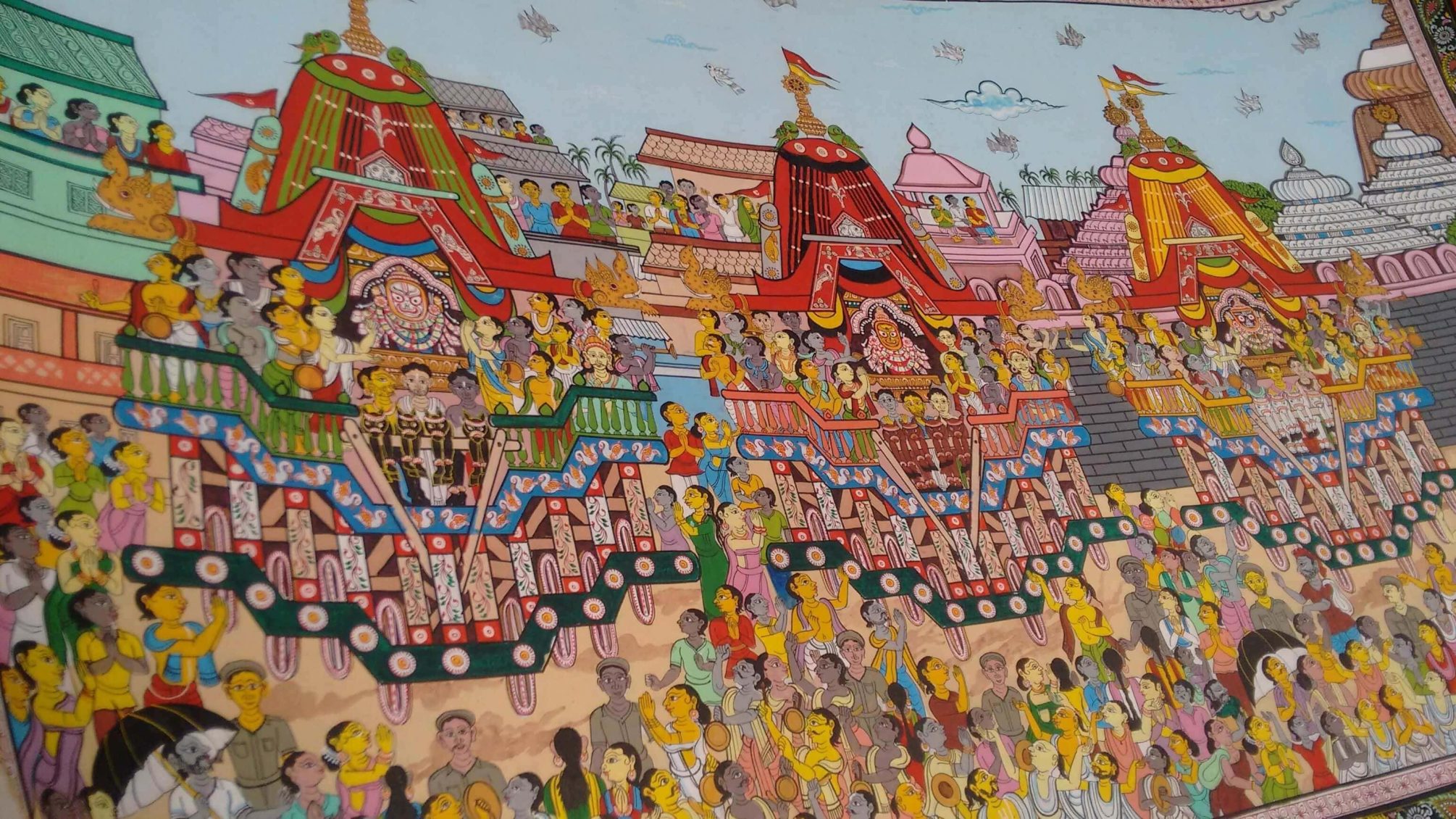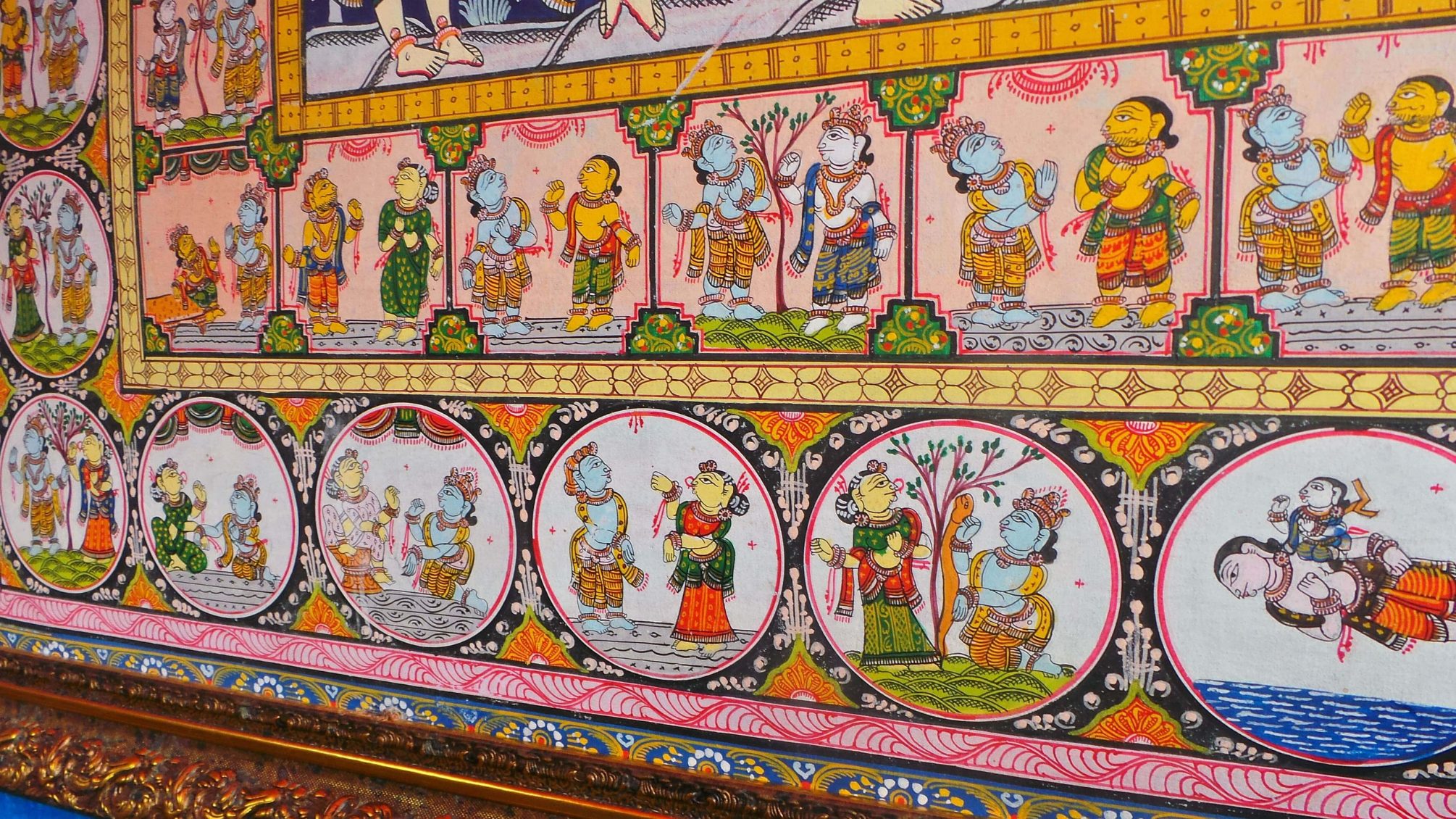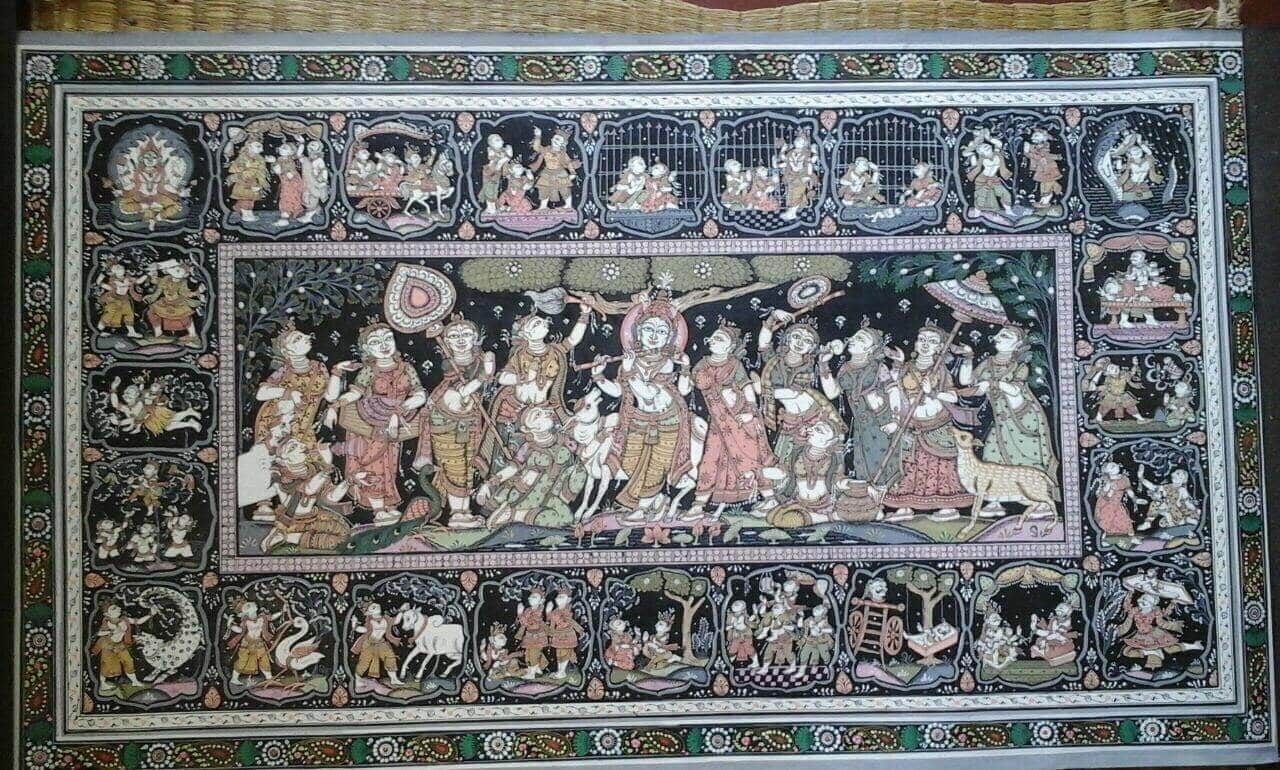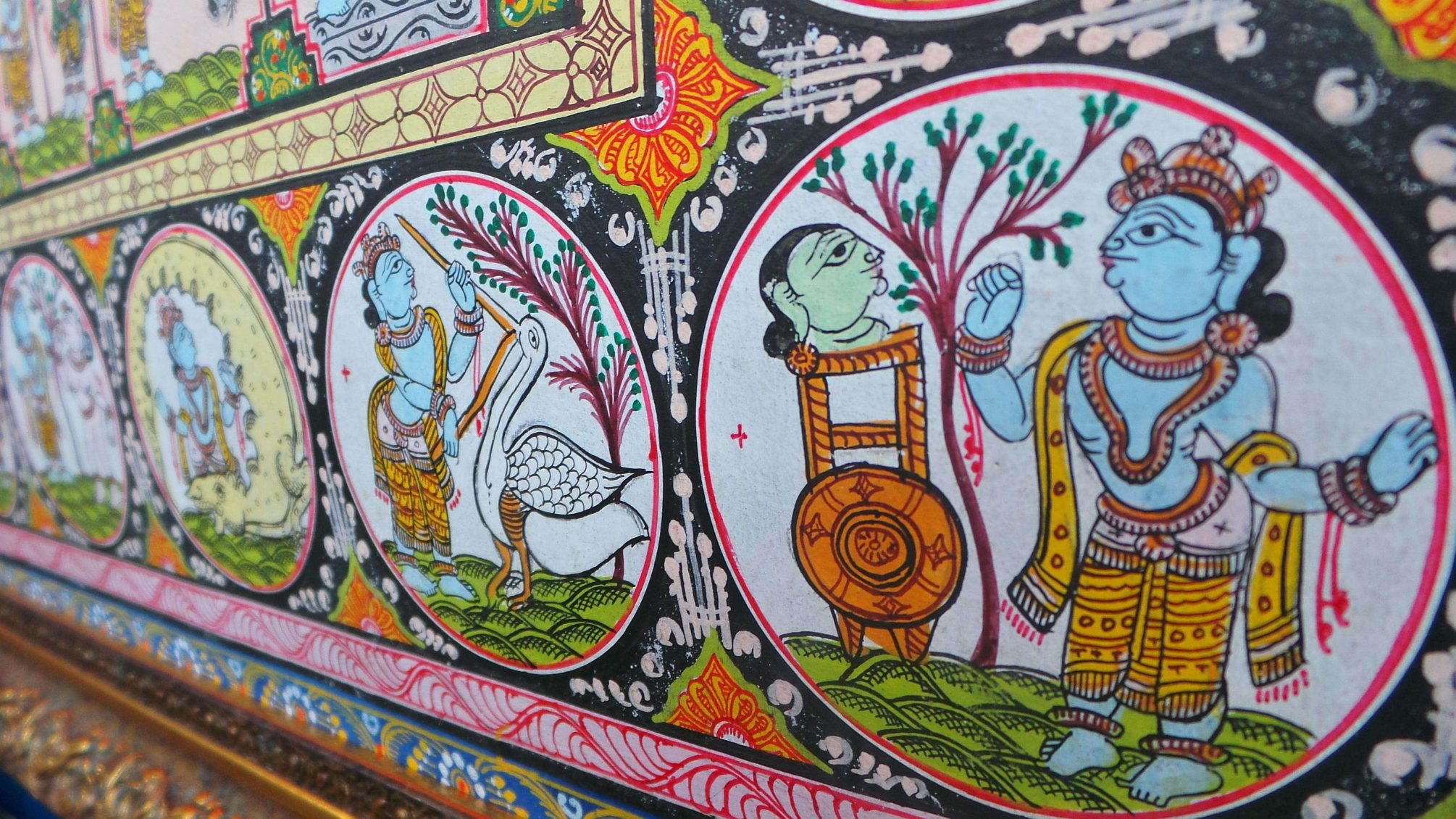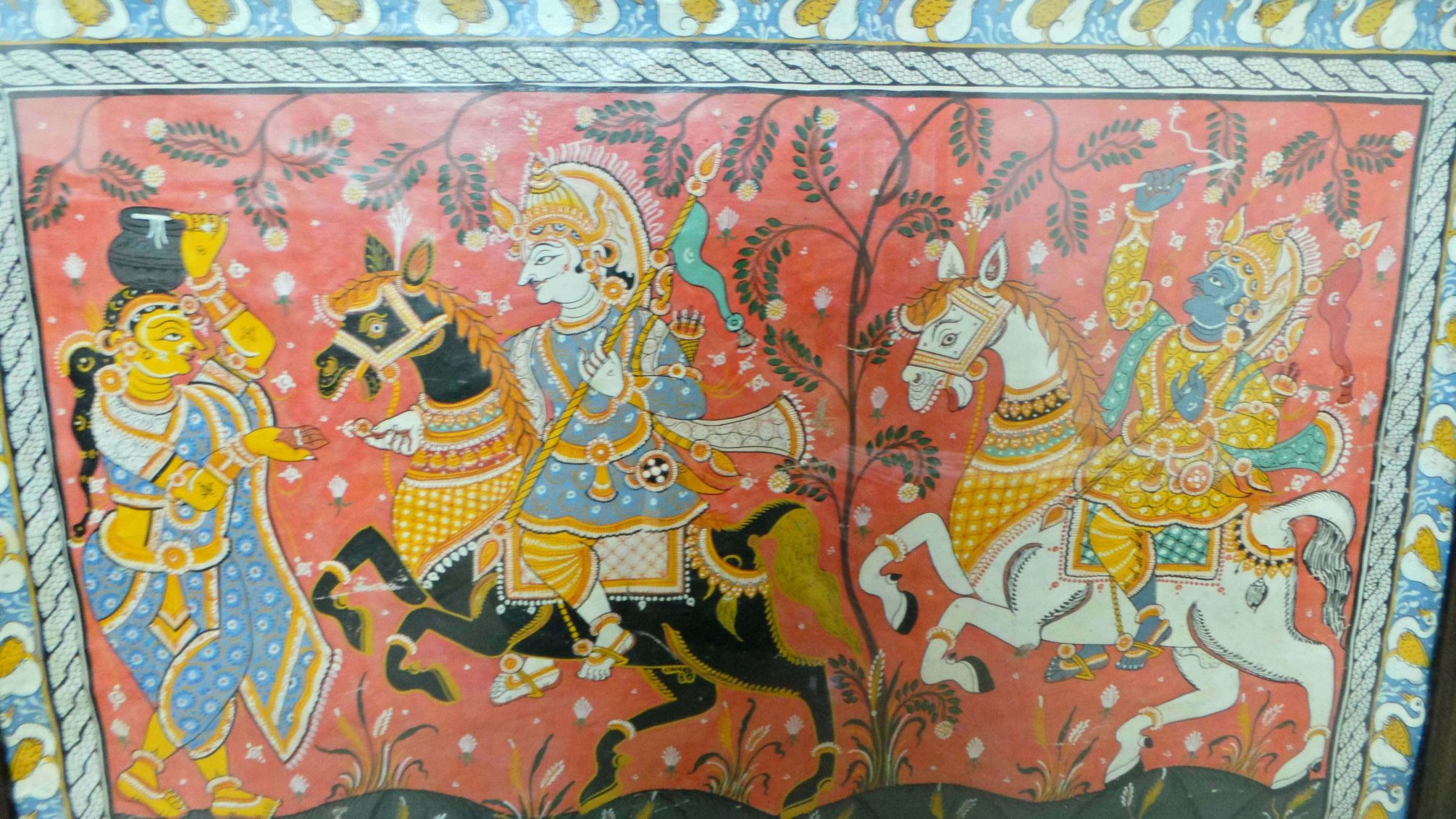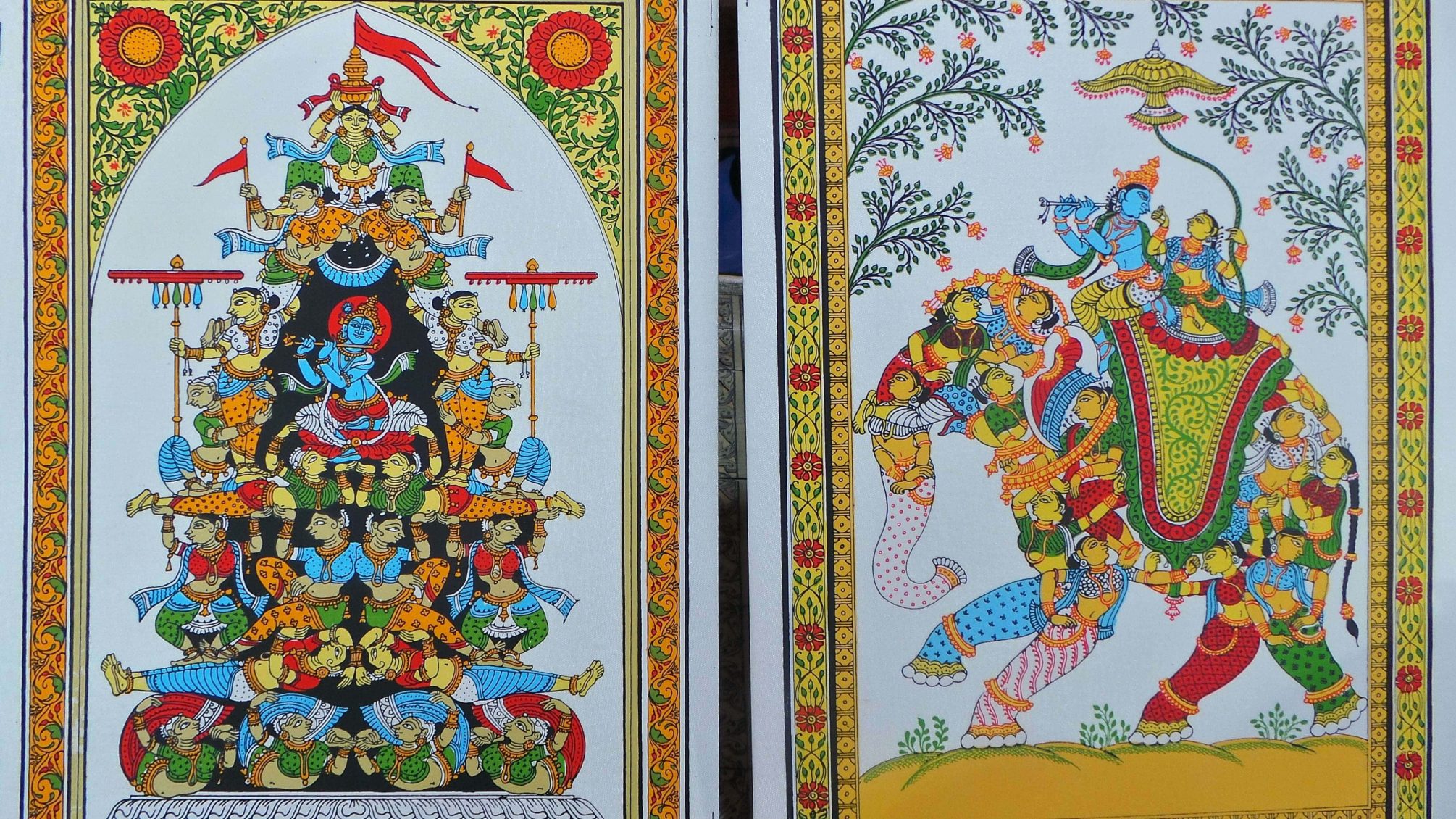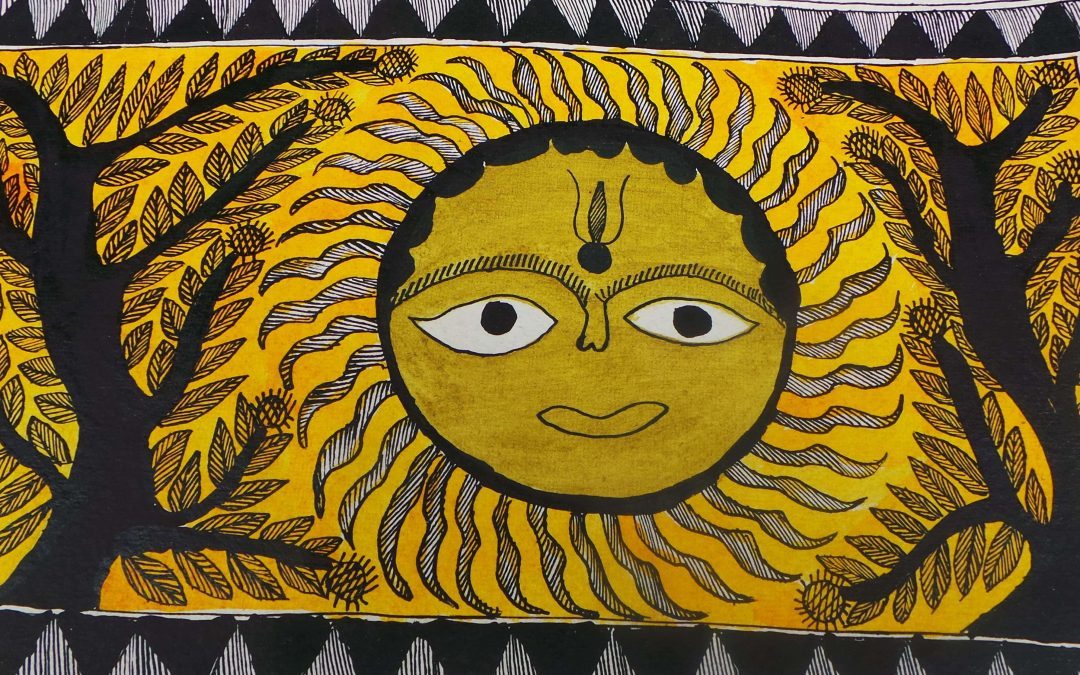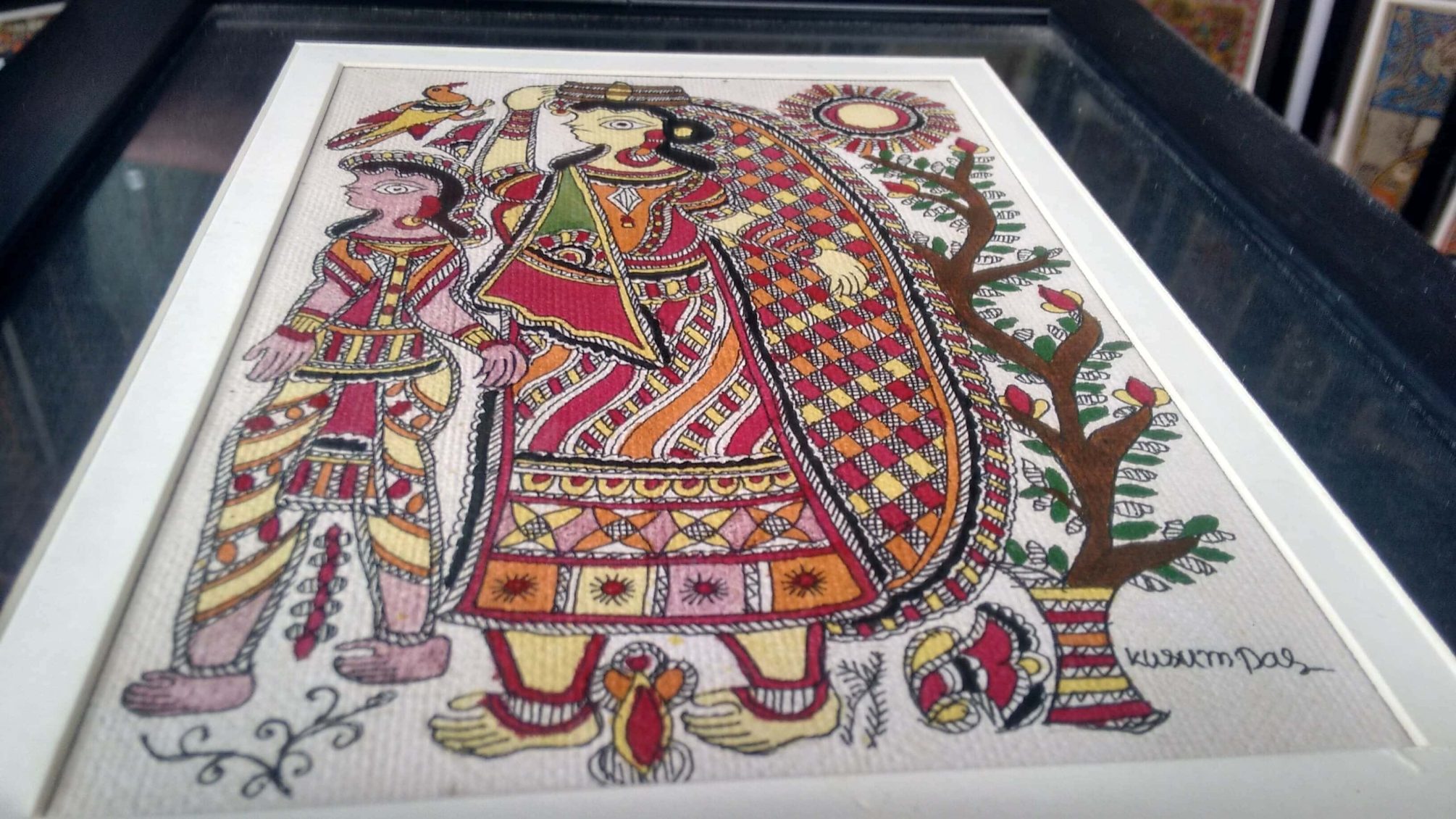Last week I discussed the
palm leaf engravings from Orissa, with Krishna as the central figure. Today I want to give you, a glimpse of ‘Patachitra’ from Orissa. This is once again in conversation with Mr. Devasish Sahoo, an artist. With
Krishnajanmashtami being celebrated next week, Krishna continues to inspire me. As He is the main deity in Orissa as Lord Jagannath, he inspires the artists in Orissa as well. Most of the ‘Patachitras’ are based on Krishna, other Gods and mythological stories. ‘Patachitra’ literally means art on canvas. ‘Pata’ is the canvas and ‘chitra’ means art. This was earlier done only on cotton canvas which is prepared in an elaborate manner. But now, we have the art on Tussar silk as well. The arrangement of the painting is similar to the palm leaf engravings. With elaborate borders, and the main theme at the centre, the space in between is to narrate the entire story of any of the mythological characters. Krishna, Rama, Dashavatara, Ramayana and Mahabharatha are favourite topics. Though there are simpler paintings, I am usually drawn to the elaborate and colourful ones.
